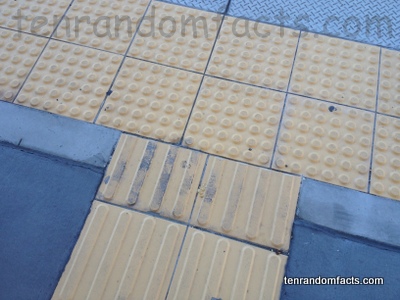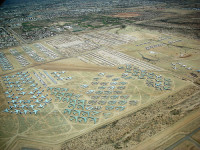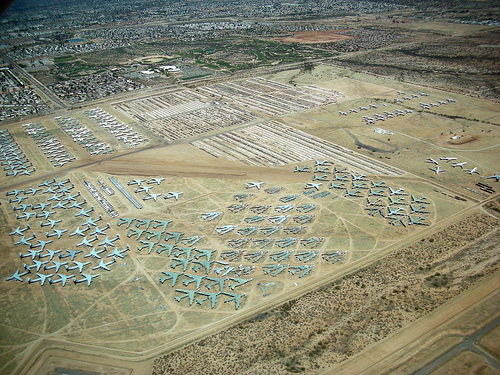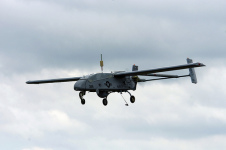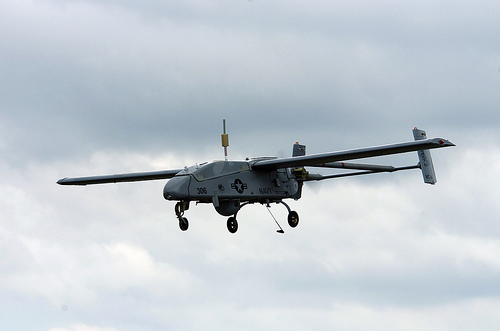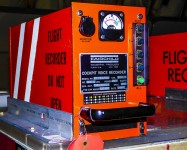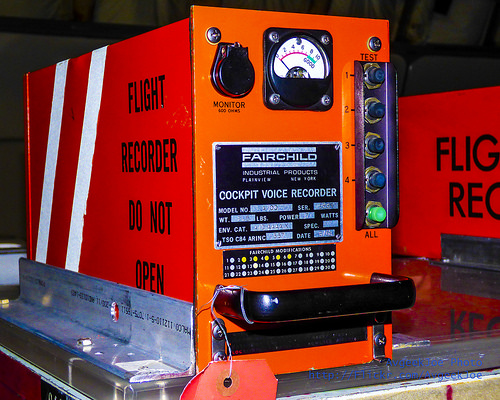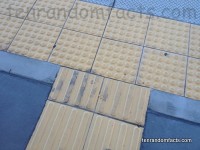
Tactile paving is placed quite tactfully.
- Tactile paving is generally a group of patterned tiles or pavers, that are located in pedestrian areas to help direct visually impaired or blind people.
- The surfaces known as ‘tactile paving’, are also known as ‘tactile tiles’, ‘detectable warnings’, ‘detectable warning surfaces’, ‘truncated domes’, ‘tactile indicators’, ‘tenji blocks’, ‘textured paving blocks’ and ‘tactile ground surface indicators’.
- Hazardous areas, including changes in ground height, are areas where tactile paving is used as a warning for those visually impaired, as they can be sensed using a cane or by one’s feet.
- Tactile paving is often yellow, or another bright or contrasting colour to the surrounding area, which marks as a secondary warning to those who have poor vision.
- Tactile paving is a Japanese invention, and was originally designed in 1965 by Seiichi Miyake, who had the desire to help visually impaired people to safely move around outside, and its use was popularised by the Japan Railway due to its widespread installation on train platforms in the 1970s.
- Tactile paving is typically square or rectangular in shape, and the tiles contain significant bumps on the surface, that are generally either circular or rectangular, and usually the circular bumps indicate ‘stop’, while the rectangular bumps signify ‘go’.
- Generally, tactile paving has various requirements and standards, regulated by each country, that determine the size, shape, colour, and distribution of the bumps, and their placement in relation to hazardous areas.
- Britain, Japan and Australia were among the countries that adopted tactile paving first, and the United States and Canada embraced the invention during the 1990s.
- Tactile paving is usually made of hard material like heavy duty polyurethane, stainless steel, concrete, ceramic or other durable substance, and the paving can be found on steps, transport platforms, footpaths, and in other areas, although the use of the tiles on steep slopes is not normally recommended.
- For general pedestrians, as well as the visually impaired, the issue of safety regarding tactile paving is often controversial, as the bumps can cause difficulties for those in wheelchairs, and sometimes the tiles are hazardous or can become slippery, although there have been efforts to reduce these issues.
Bibliography:
The History of Tactile Paving for the Blind, 2015, Share Ask, http://share-ask.com/the-history-of-tactile-pavement-for-the-blind/
Integrated Tactile Ground Surface Indicators, 2012, TGSI, http://www.tactileindicators.net/integrated_tactiles.htm
Tactile Paving, 2015, Wikipedia, http://en.wikipedia.org/wiki/Tactile_paving





